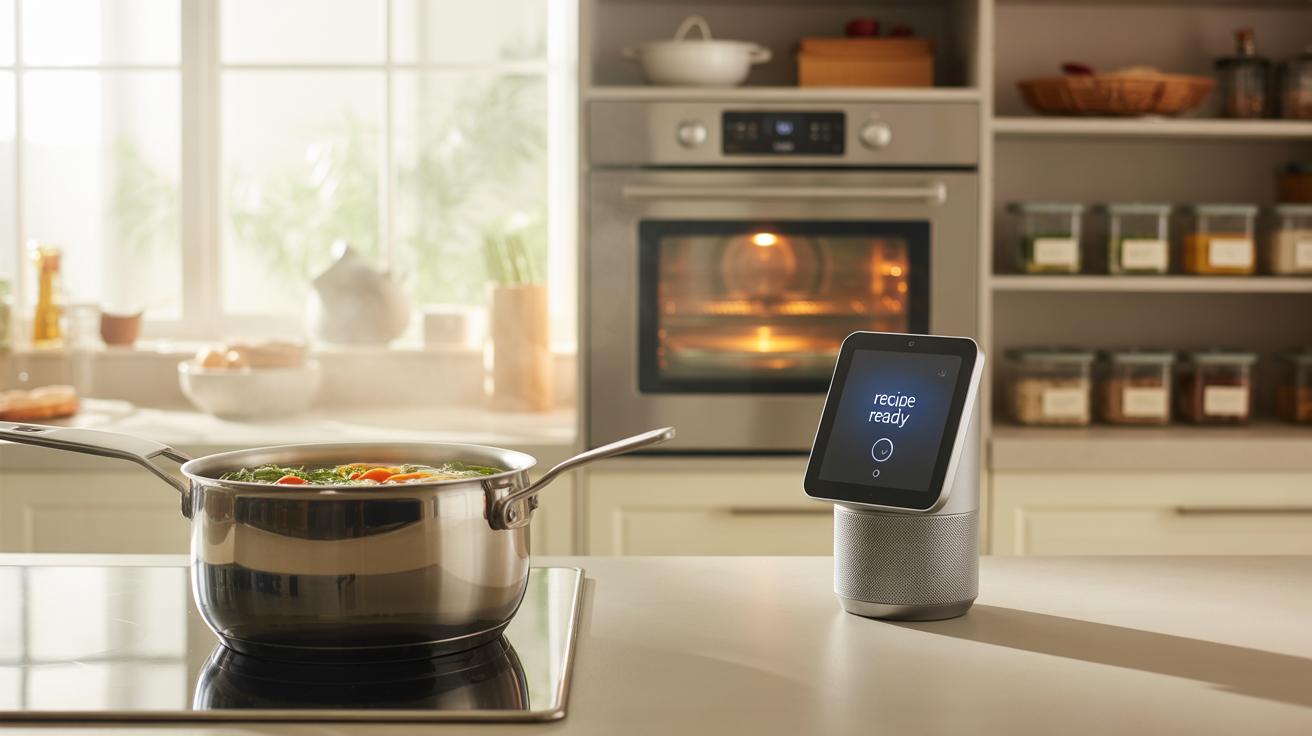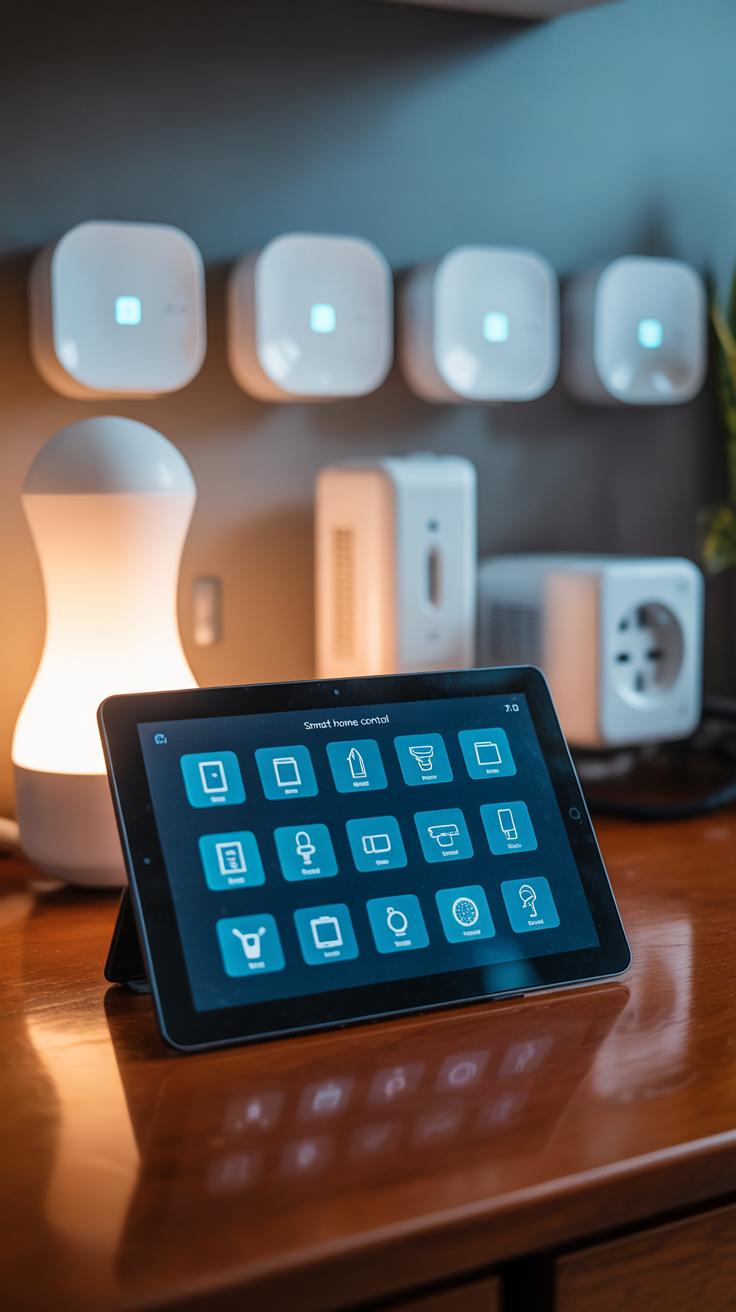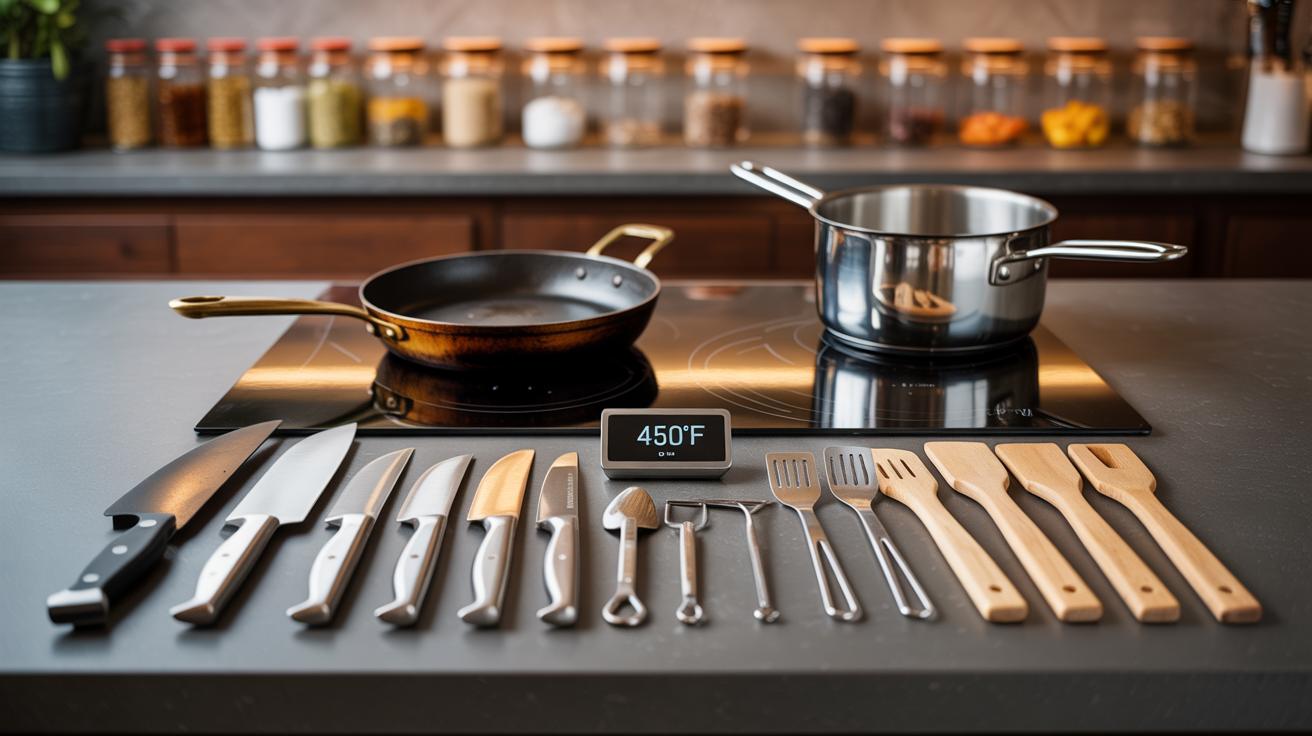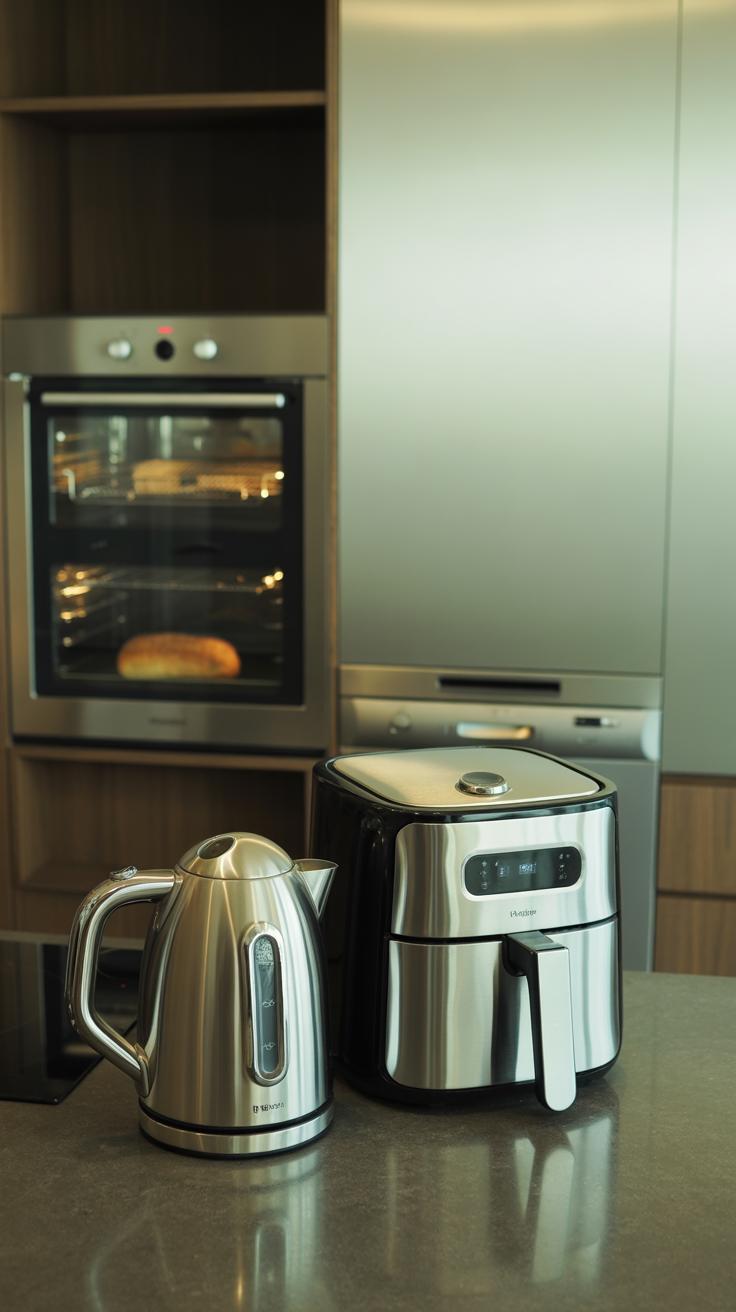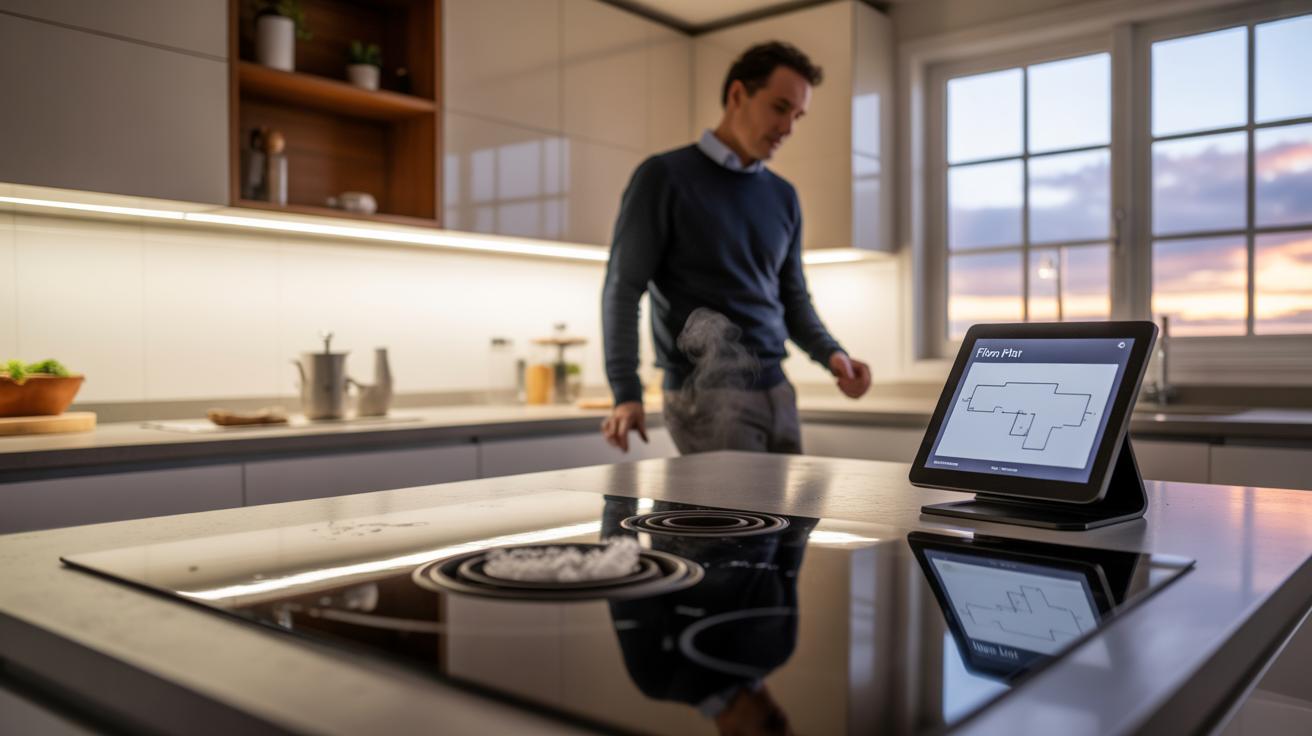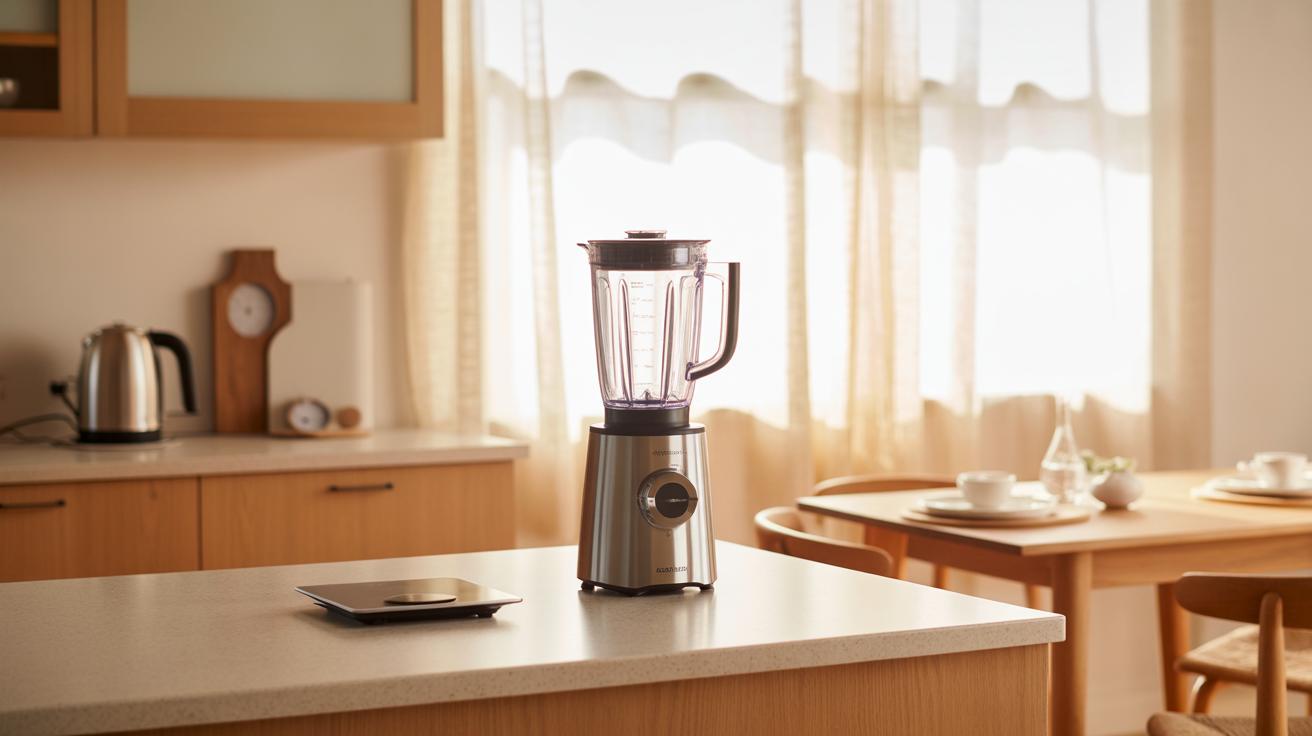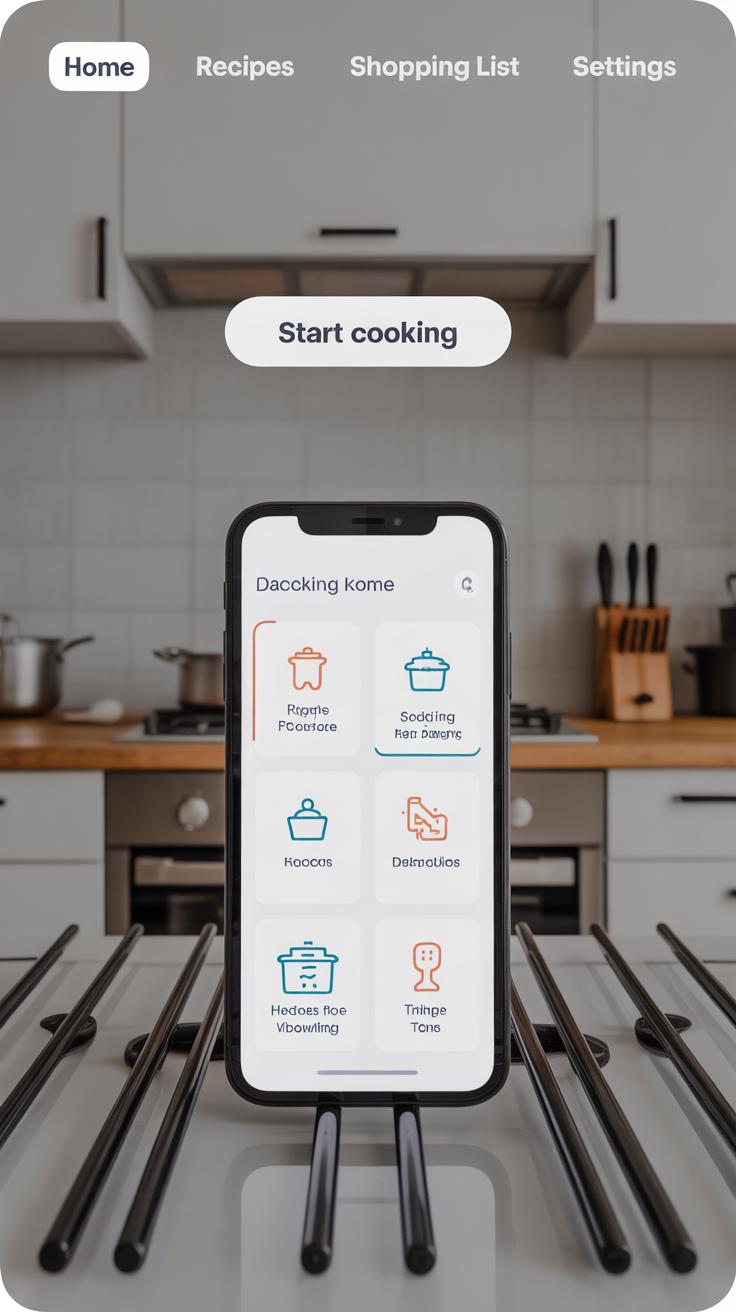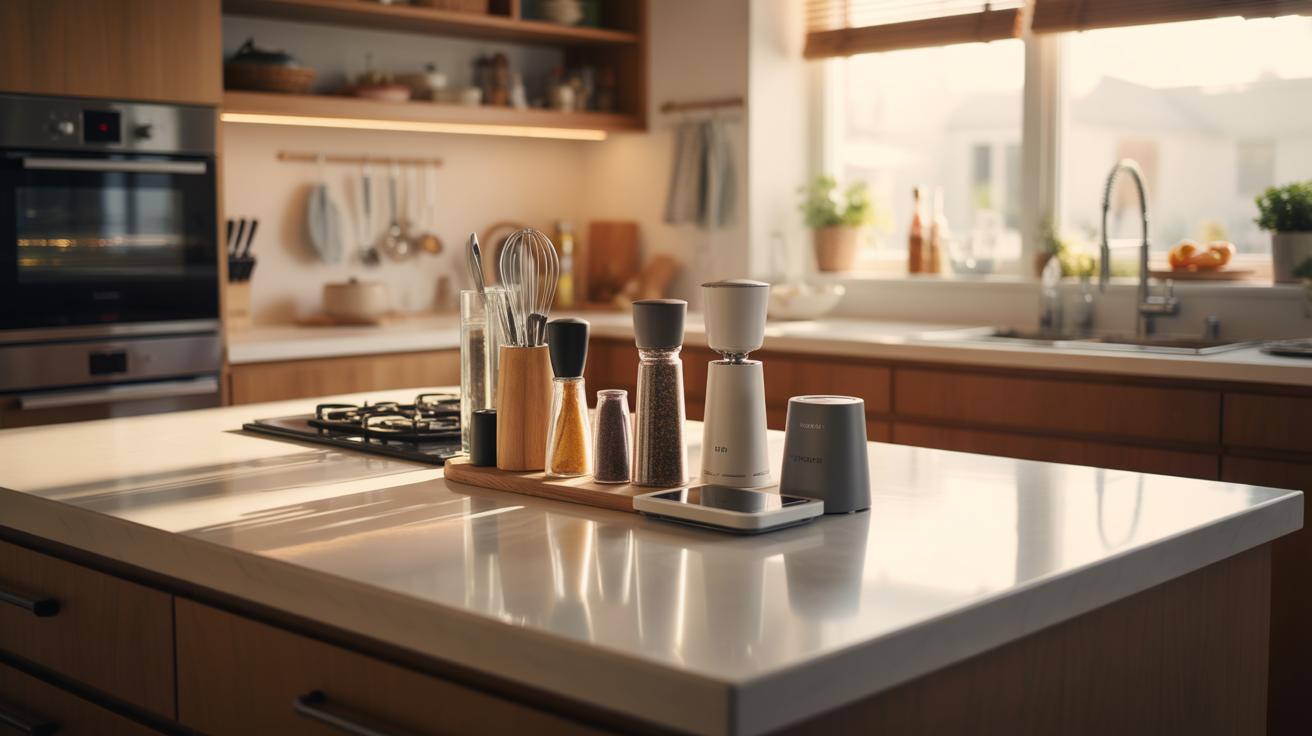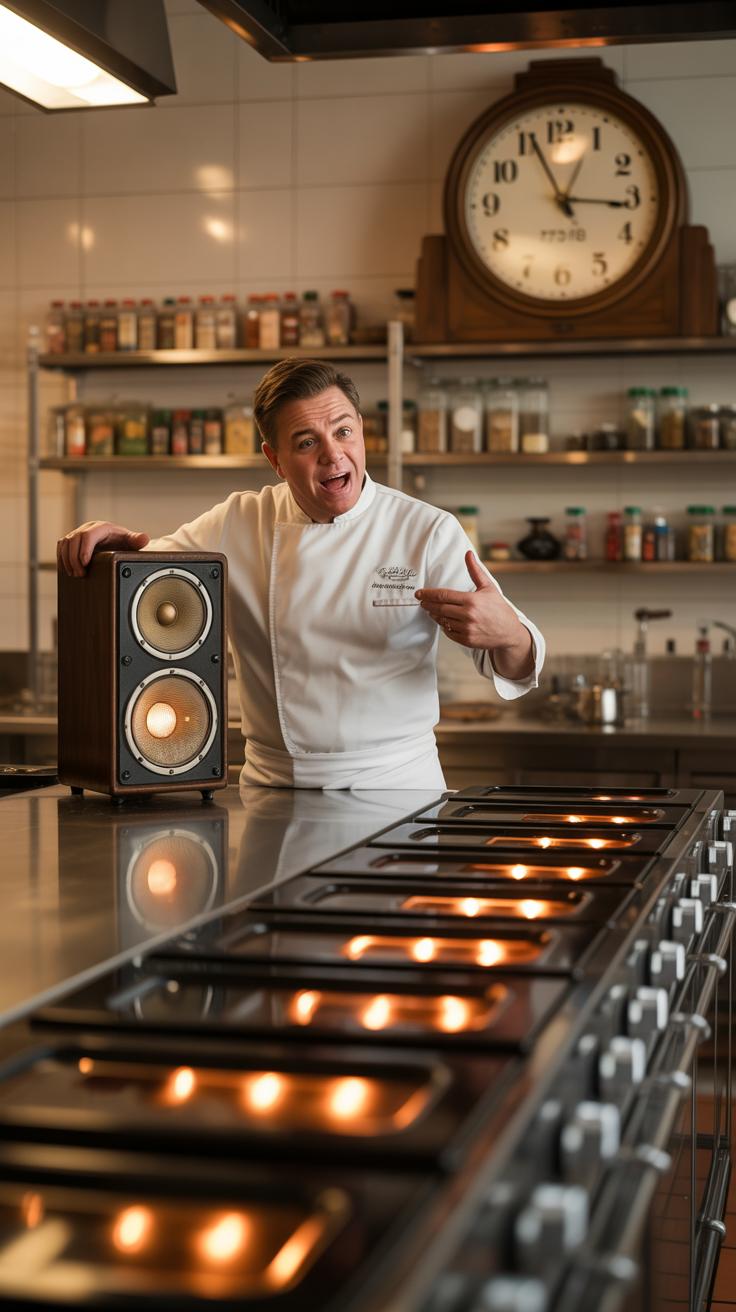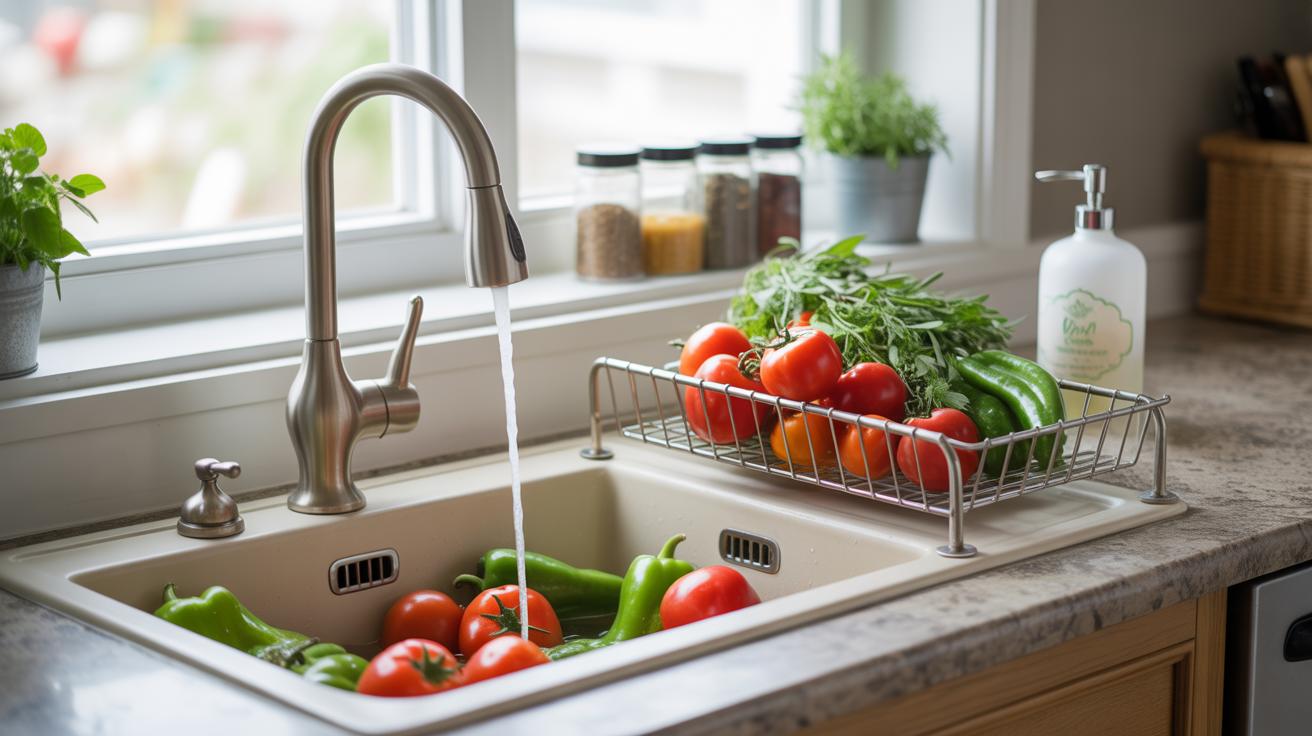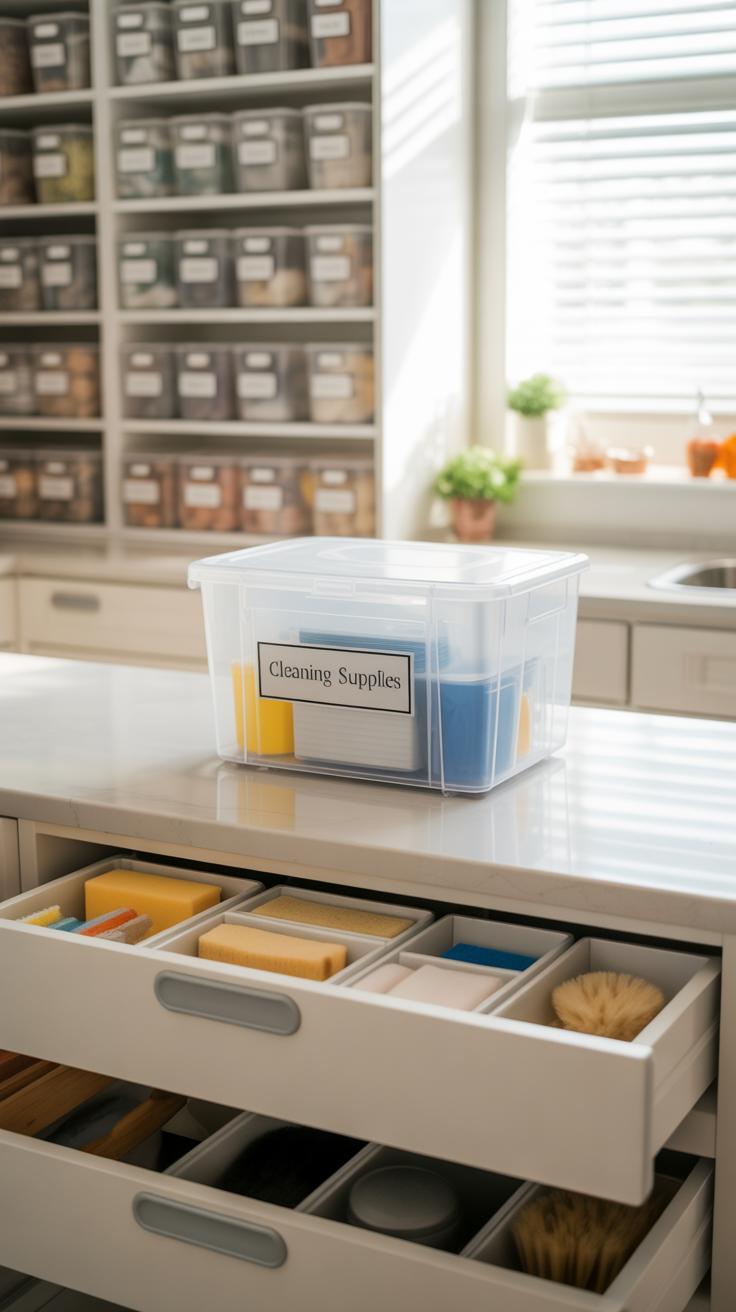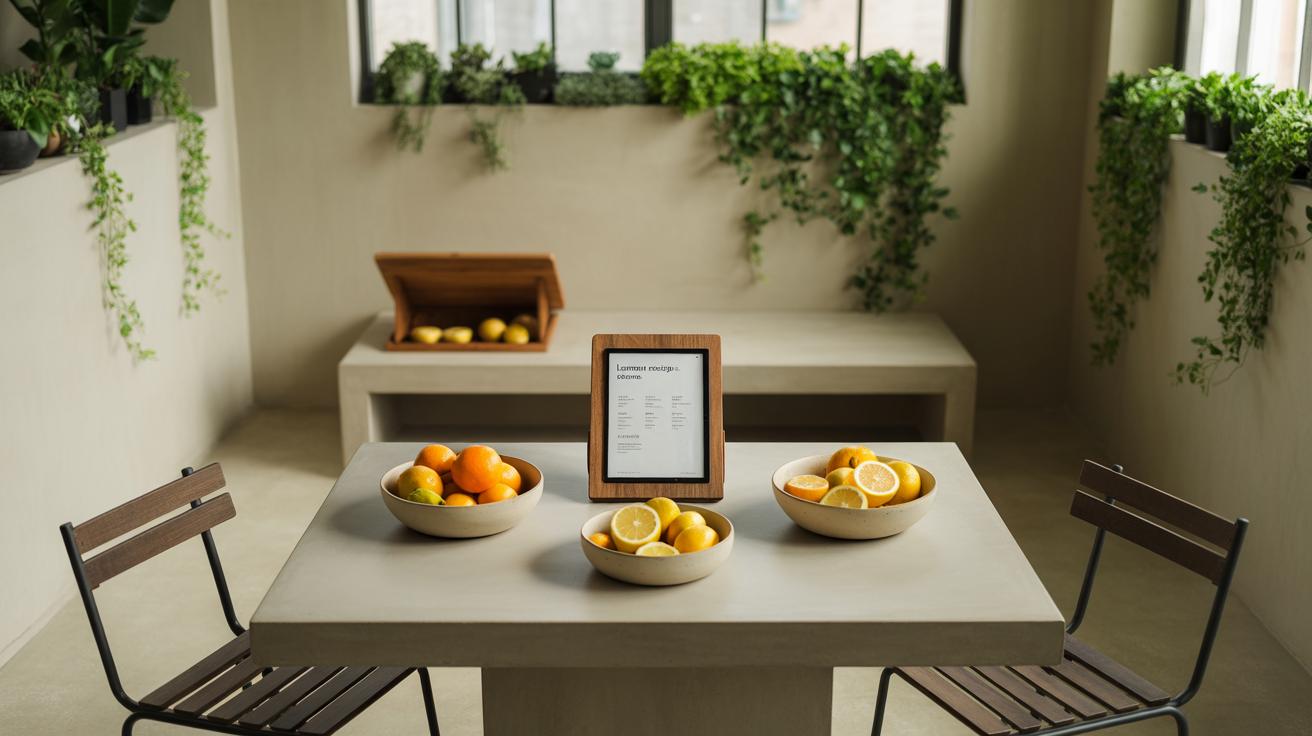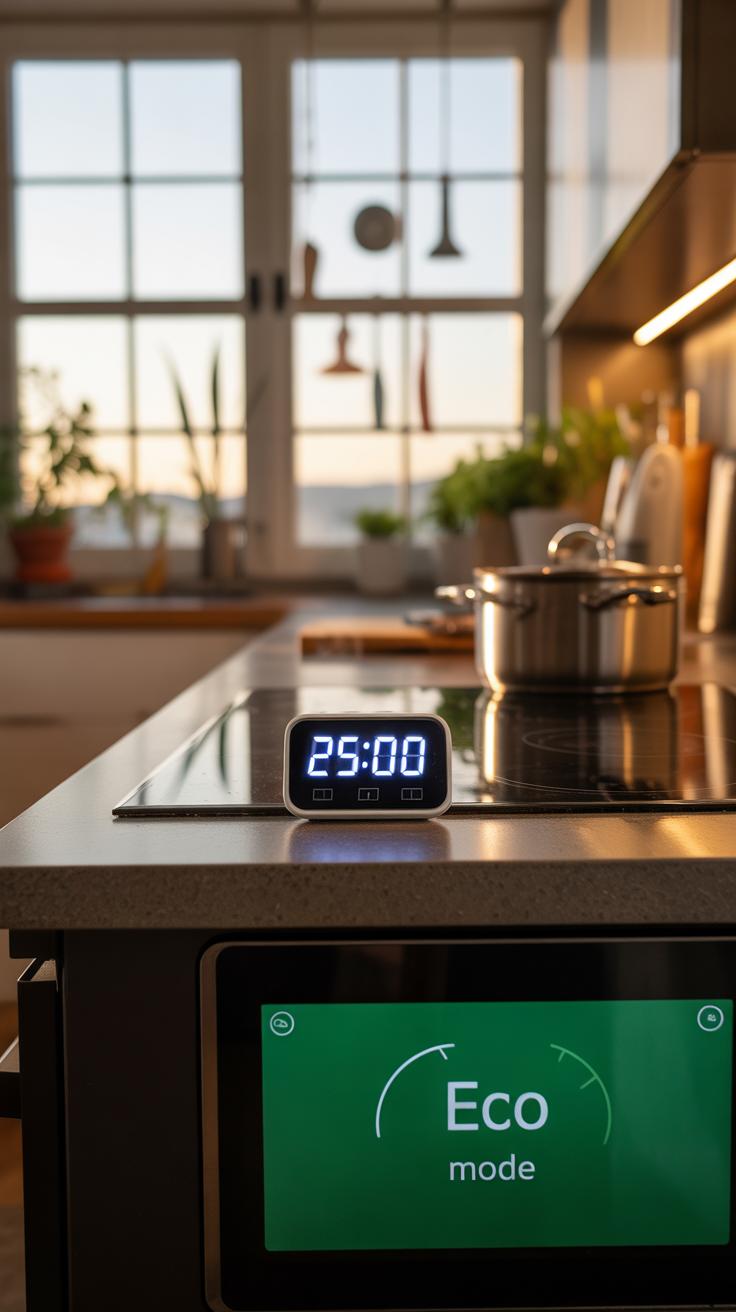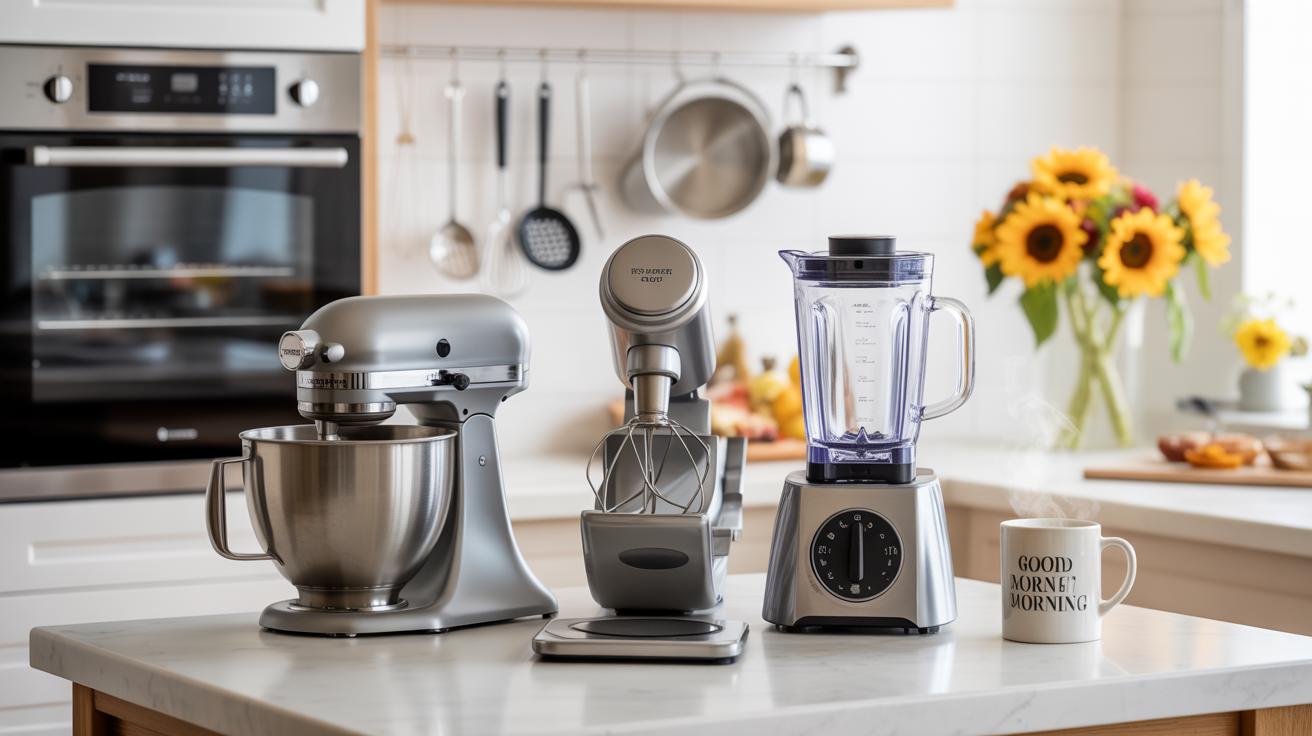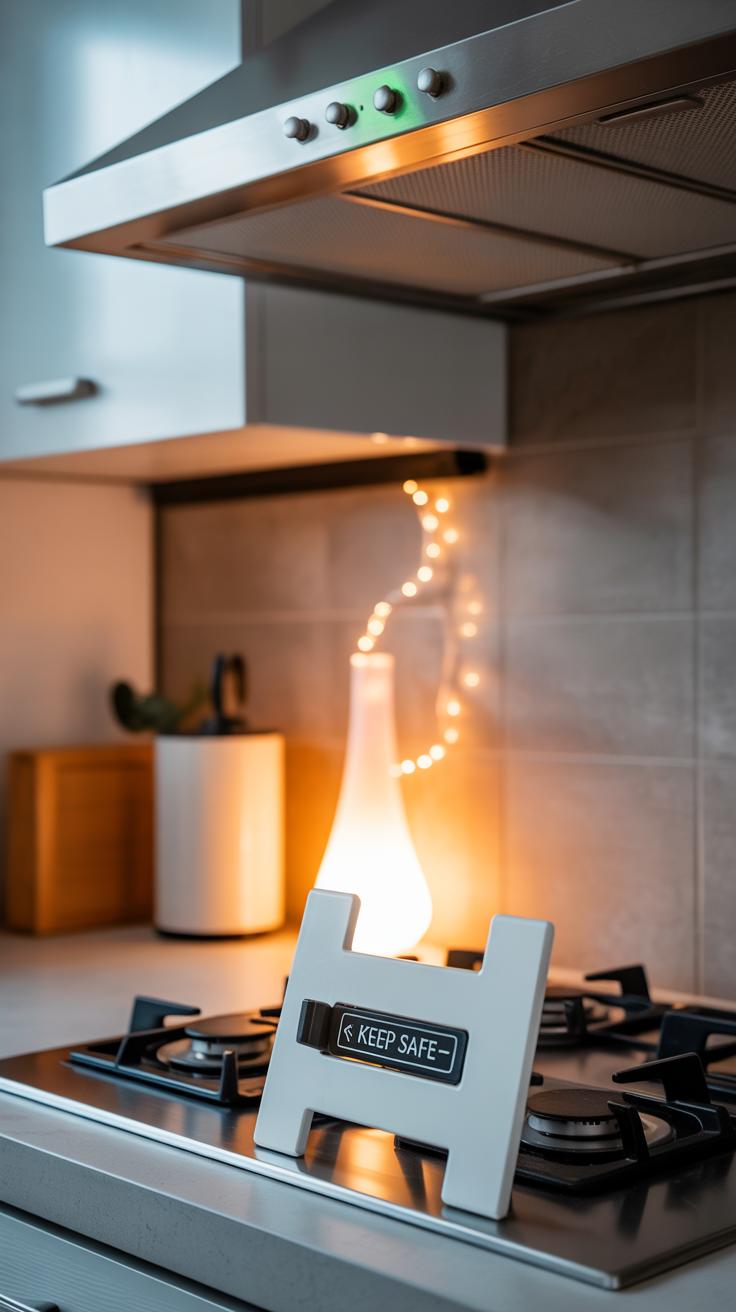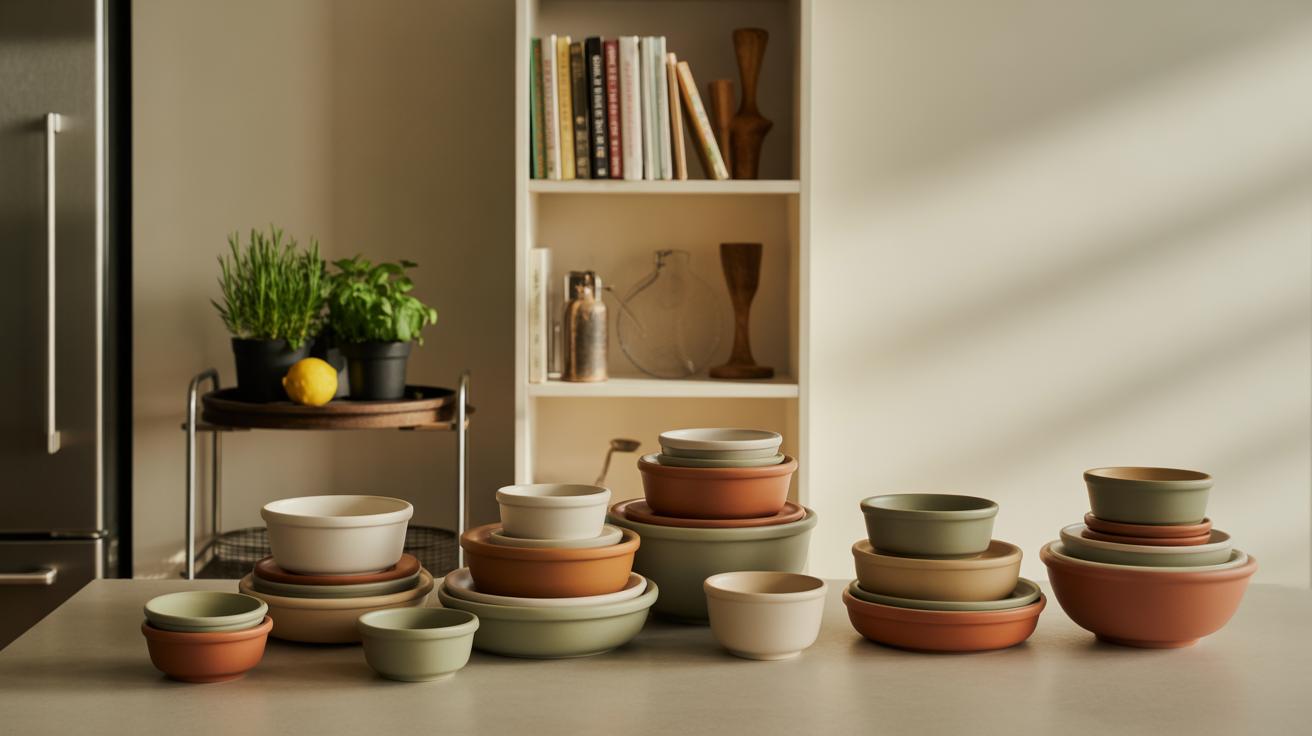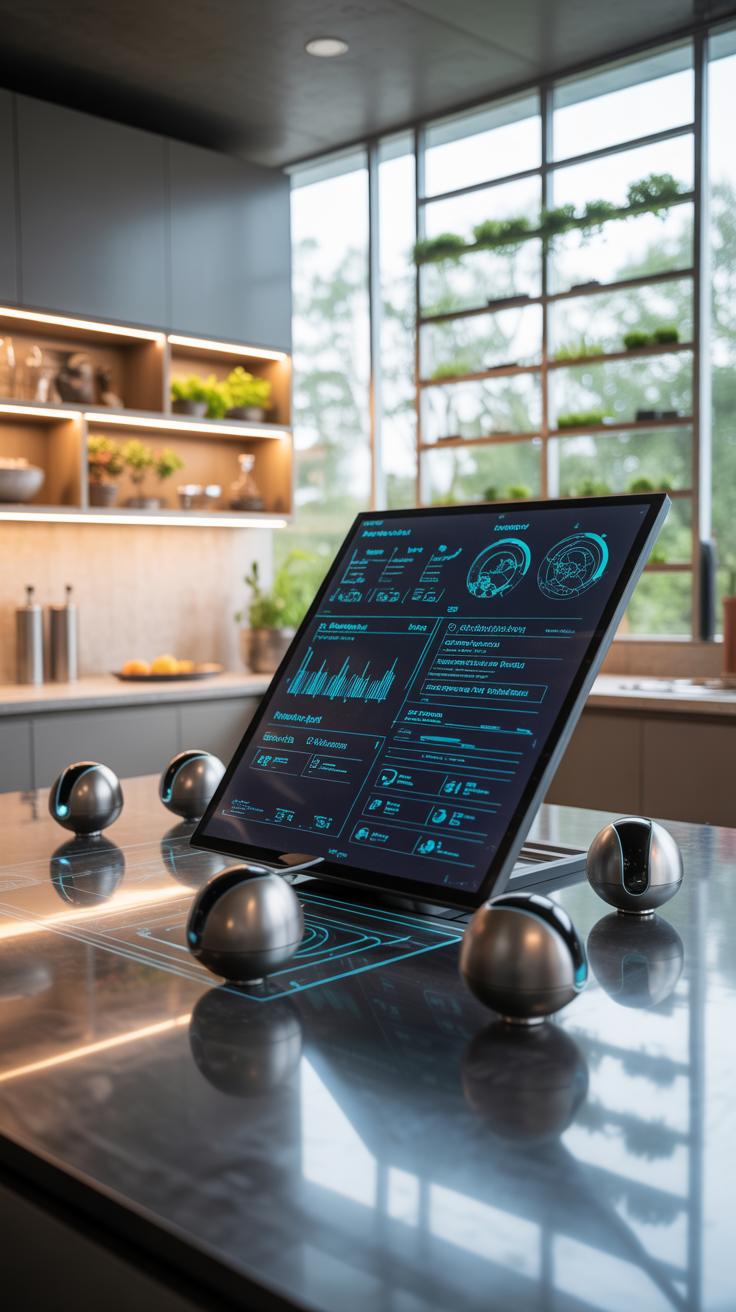Introduction
Smart kitchen ideas bring new technology into your home to make cooking easier and more fun. This article explores ways to use smart gadgets and tools in your kitchen. These smart devices help you save time and effort while cooking your favorite meals.
From smart appliances to connected tools, you will learn how technology changes daily cooking. We will look at different smart kitchen solutions you can add to make meal prep smooth and enjoyable. You will find ideas that fit your lifestyle and needs.
Understanding Smart Kitchen Technology
Smart kitchen technology means linking kitchen devices through the internet or a home network to make cooking and kitchen tasks easier. Think of it as giving your appliances a way to “talk” to each other and to you. For example, your oven may connect with your smartphone so you can preheat it on the way home. It’s less about the devices working alone and more about how they interact and adapt to your routines.
The term “home automation” in kitchens refers to controlling these interconnected devices remotely. Whether you’re across the room or away from home, you can switch appliances on or off, adjust settings, or even check what’s inside your fridge with an app or your voice. It’s a step beyond just having a smart toaster; it’s about being connected to everything in your kitchen environment.
What is Home Automation in Kitchens
At its core, home automation in the kitchen lets you manage devices over a network—usually Wi-Fi. These devices communicate through hubs or directly with each other, sharing information like temperature, timer status, or inventory levels. You control them using your smartphone, tablet, or through voice assistants such as Alexa or Google Assistant.
For instance, you might tell your voice assistant to start boiling water or check if the dishwasher cycle is done. It’s almost like having extra hands in the kitchen that respond to your commands, without needing to be physically present. This communication between devices creates a more responsive, adaptable cooking space that matches your rhythm.
Benefits of Smart Kitchen Technology
Using smart kitchen technology brings a few clear advantages that can genuinely alter your cooking routine.
- Convenience: Adjust oven temperatures or start brewing coffee remotely. You avoid unnecessary trips to the kitchen and can multitask better.
- Time-saving: Smart timers, alerts, and pre-set cooking modes cut down guesswork and help prepare meals faster.
- Energy monitoring: Keep track of appliance usage and reduce wasted power by switching off devices remotely or using energy-efficient settings.
- Improved cooking accuracy: Sensors in smart cookware and devices ensure food is cooked just right, lowering the risk of under- or overcooking.
So, perhaps it’s less about replacing traditional cooking methods and more about enhancing control over your kitchen tasks. It doesn’t solve every problem but can free up time and mental space, which, I think, is what makes it worth exploring.
Smart Kitchen Appliances You Should Know
Smart ovens have changed the way we approach cooking. Many models come with preset modes for baking, broiling, roasting, and even slow cooking. You can preheat the oven on your way home or adjust the temperature remotely if you realize you set it wrong. I once forgot to lower the temperature before leaving, but a quick app fix saved the dinner. These ovens often connect via Wi-Fi to your home network allowing for updates and recipe syncing, which can be surprisingly handy.
Connected coffee makers are another staple. They wake you up before you even get out of bed by brewing coffee on a schedule you set through your phone. Some let you customize strength, temperature, and even cup size remotely. There’s a bit of comfort in knowing your morning brew is waiting, no fuss required.
Smart dishwashers take care of cleanup with one touch. They notify you when cycles complete, help schedule runs during off-peak energy hours, and adjust water use based on how dirty the dishes are. I don’t know about you, but the idea of remotely checking if the dishwasher’s done cuts down on unnecessary kitchen trips.
Smart Ovens and Cooking Devices
Smart ovens operate using preset cooking modes tailored for different dishes, which can make cooking less of a guessing game. You can start the oven remotely or pause it without running back to the kitchen. Some models even have cameras inside, so you see your roast’s progress from your phone.
Other connected cooking devices, like smart grills, air fryers, and multi-cookers, extend this convenience. They come with apps that guide you through recipes or control multiple functions remotely. It might feel a bit overwhelming at first, but using these tools can save time and cut down on cooking mistakes.
Smart Refrigerators and Food Management
Smart refrigerators do more than just cool your food. They keep an updated inventory by scanning barcodes or using interior cameras, so you always know what’s inside—even when you’re at the store. Some models suggest recipes based on available ingredients, which is great when you’re stuck in a meal rut.
They can also track expiration dates and send reminders, helping reduce food waste. I found it oddly satisfying to trust a fridge to remind me when milk’s going bad instead of just guessing or wasting it. Plus, many connect to your home Wi-Fi, syncing with your smart assistant or phone apps to keep you informed anywhere.
How to Set Up Your Smart Kitchen
Choosing the Right Smart Devices
Starting your smart kitchen setup means picking devices that match your cooking habits and budget. You might want a smart oven if you often bake, or a connected fridge that tracks groceries. Think about what feels most useful to you. Don’t buy things just because they’re trendy—does the device truly fit into your daily routine?
Compatibility is another factor. If you already use a certain smart platform at home, like Apple HomeKit or Google Home, check if the kitchen devices work smoothly with that system. Sometimes cheaper gadgets can cause headaches by not playing well with others, slowing you down instead of helping.
Sometimes, spending a bit more upfront saves hassle later. For instance, smart plugs on older appliances let you control them remotely without replacing everything. It’s kind of like dipping your toes before jumping in.
Connecting Devices to a Central Hub
Once you have your gadgets, linking them to a smart hub or app is the next step. This hub acts as a command center where you control lights, appliances, and timers. It sounds complicated, but most hubs come with clear instructions and user-friendly apps.
Usually, the process involves connecting devices over Wi-Fi or Bluetooth and adding them to the hub’s app. Sometimes, you scan a QR code or enter device IDs. It’s not always instant—expect a bit of trial and error, especially early on.
After that, you get to see how all your smart kitchen tools work together. Setting timers from your phone, preheating the oven remotely, or checking on your coffee maker status without leaving the couch all becomes possible. That central control can feel surprisingly freeing once you get used to it.
Smart Assistants and Voice Control in the Kitchen
Voice assistants like Alexa and Google Assistant have become quite a presence in modern kitchens. Using just your voice, you can control devices, set timers, or even pull up recipes without touching your phone or getting your cookbook messy. It feels almost natural after a while, though sometimes the assistant misunderstands a command, which can be a tad frustrating.
For example, you can say, “Hey Google, set a timer for 15 minutes,” while you start boiling water. Or ask, “Alexa, how do I make scrambled eggs?” and get step-by-step instructions read aloud. With simple voice commands, you can also switch on smart ovens, adjust smart lights, or start a smart coffee maker, all while your hands are busy.
These assistants manage several devices at once. Imagine telling Alexa to “preheat the oven to 350 degrees” and then “start the blender” without stopping what you’re doing. It keeps your workflow smooth, especially when handling multiple tasks simultaneously. Sometimes, though, juggling more than a couple of devices can cause confusion if commands overlap or aren’t precise enough—so a little patience helps.
Have you tried talking to your kitchen tech this way yet? It’s a bit strange first, but it quickly feels like having a helpful sous-chef who never gets tired. Though, whether it truly saves time or just seems helpful is something I find myself wondering during busy mealtimes.
Smart Storage Solutions to Keep Your Kitchen Organized
Smart storage ideas are changing how we manage kitchen spaces, making organization less of a chore and more of a simple routine. Sensors embedded in cabinets and shelves can now track what’s inside. These sensors alert you—sometimes through an app or a simple notification—when you’re running low on basics like flour or spices.
Imagine opening a cabinet and getting a ping on your phone that your coffee beans are almost gone. It sounds a bit much, maybe, but once you try it, you might find it oddly useful. These sensor-based systems mean less guesswork and fewer last-minute trips to the store.
Then there’s the rise of digital pantry management. Apps connected to smart devices help you log everything you buy and use. They can suggest shopping lists based on what you have or what’s running out. Some devices even scan barcodes or use weight sensors to keep the inventory up to date—more accurate than just scribbling notes on paper, for sure.
Do you ever wonder if you really know what’s in your pantry? These systems can reveal hidden extras or forgotten items before they expire. It feels like having a personal assistant for your food storage, though sometimes the tech misses that one odd jar you always forget. Still, these smart tools make keeping your kitchen orderly feel more manageable than it ever did before.
Energy Saving Tips with Smart Kitchen Devices
Smart kitchen technology isn’t just about convenience; it can also help cut back on energy use. Some appliances now come with energy monitoring features that give real-time feedback on how much power they’re consuming. When you see these numbers, you might start wondering if running the oven at 400°F for an hour is really necessary or if there’s a more energy-friendly way to cook your meal.
Appliances like smart refrigerators or ovens often suggest settings that use less energy. For example, a fridge might alert you if the door’s been open too long or if it’s working harder than usual, prompting you to close it quicker or adjust the temperature. It’s a small thing, but it makes a difference.
Scheduling is another powerful tool. Imagine your dishwasher or washing machine kicking off during off-peak hours when electricity rates drop—this doesn’t just save money; it lightens the load on the grid. Some smart devices let you set flexible timers, so you don’t have to think twice about when to run them. Leaving the dishwasher for 10 p.m. might sound odd, but that quieter, cooler moment could mean lower bills.
Here are a few tips to keep in mind:
- Check your appliance’s energy reports regularly and adjust settings if needed.
- Use smart timers to run heavy-load appliances at night or weekends.
- Close doors and lids promptly to avoid unnecessary power spikes.
- Opt for eco-modes when available, especially in washing machines and ovens.
Smart devices offer ways to track and tweak your energy use that weren’t possible before. The question is, will you take advantage of these insights or just let the numbers pile up unnoticed?
Smart Kitchen Safety Features
Leak and Smoke Detectors
Smart sensors for leaks and smoke really change how you think about kitchen safety. These tiny devices watch for subtle signs—like moisture where it shouldn’t be or rising smoke—and send instant alerts right to your phone. Imagine being at work and a water pipe starts leaking under your sink. Instead of coming home to a soggy mess, you get a notification immediately. That let me avoid a costly cleanup once, so trust me, these sensors are worth considering.
They’re not just for water, though. Smoke detectors linked to your smart system do more than beep loudly. They connect to your phone and sometimes other devices in the home, so you get multiple warnings. A quick message means you can react faster, whether you’re upstairs, outside, or away entirely. But they’re not perfect; sometimes, false alarms happen, and that can be frustrating. Still, on balance, it adds a layer of security that regular detectors don’t provide.
Automatic Appliance Shut-Off
One of the cleverest safety features out there is automatic shut-off. Appliances like smart ovens or slow cookers can turn themselves off if left running too long or if they sense something’s wrong. It’s a simple idea, but think about how often people forget the stove on. I know I have—more than once. This feature can prevent fires or wasted energy from errands gone too long.
Not every device offers this, and sometimes it catches things too soon or later than you’d want. But when it works well, it feels reassuring knowing your kitchen won’t run wild if you walk away distracted. Some models even let you override shutdowns remotely through an app—this control is handy, especially if you’re unsure whether you turned something off. If safety is a priority for you, look for these features before buying new appliances.
Future Trends in Smart Kitchen Technology
Smart kitchens are moving beyond simple gadgets. The next wave focuses on AI cooking assistants that don’t just follow commands but understand your preferences. Imagine a device that suggests meals based on what’s in your fridge—or even adjusts recipes if you mention a dietary restriction. These assistants could learn from your habits, noticing what you like to cook on weekdays versus weekends and adjusting suggestions accordingly.
Advanced sensors will play a bigger role, too. They can monitor food freshness or detect subtle changes in cooking conditions. This isn’t just about convenience, but about helping you avoid waste and cooking mistakes that you might not even realize you’re making.
Smart kitchens will also link more closely with the rest of your home. Your oven might communicate with your lighting system, dimming the dining room lights when dinner’s almost ready. Or your ventilation could sync with climate controls to keep the kitchen comfortable without you lifting a finger.
Do you ever find yourself wondering if this tech could get too intrusive or maybe overcomplicate simple meals? Sometimes, it feels a bit like trading one hassle for another—although mostly, these trends aim to make cooking feel natural, even effortless.
AI and Machine Learning in Cooking
AI in the kitchen isn’t just about convenience. It learns what you tend to eat. Over time, it might suggest a recipe that uses those bits of leftover ingredients you usually forget about. Or maybe it notices you prefer quick recipes on busy nights, so it prioritizes those.
Some systems already analyze your cooking patterns and suggest ways to improve. But what if, one day, they could adapt recipes on the fly? Say you’re missing an ingredient or want to cut down calories—they could tweak the recipe instantly.
There’s a catch, though. Sometimes, the suggestions might feel a bit too tailored or repetitive. It makes you wonder if variety gets sacrificed for convenience or if you lose some of the fun in discovering new meals on your own.
Smart Kitchen Integration with Home Systems
Your kitchen won’t stay an isolated tech bubble. It’ll start syncing effortlessly with lighting, heating, security, and more. For example:
- Lights could brighten up when cooking tasks need better visibility, then dim during dining.
- HVAC might adjust airflow around the kitchen to clear steam or smells quickly.
- Security cameras may monitor kitchen areas, alerting you if something unusual happens—like a forgotten burner left on long after you left home.
This connectivity means more control and comfort, but also a chance for things to feel a bit too interconnected. You might ask yourself if controlling all these systems through one app is actually simpler—or just one more thing to manage.
Still, as these trends develop, they offer a glimpse of how your kitchen will truly become part of your smart home ecosystem—not just a place where you cook, but where technology quietly supports your daily life.
Conclusions
Smart kitchen ideas provide real help for your cooking tasks. The technology transforms traditional kitchen work by adding convenience and control. Smart appliances like connected ovens, refrigerators, and dishwashers save you time and reduce hassle.
You can create a kitchen that suits your daily needs by using smart devices. With easy-to-use technology, your cooking can become less stressful and more efficient. Adopting these ideas will make your kitchen a place where preparing meals is effortless and enjoyable.

